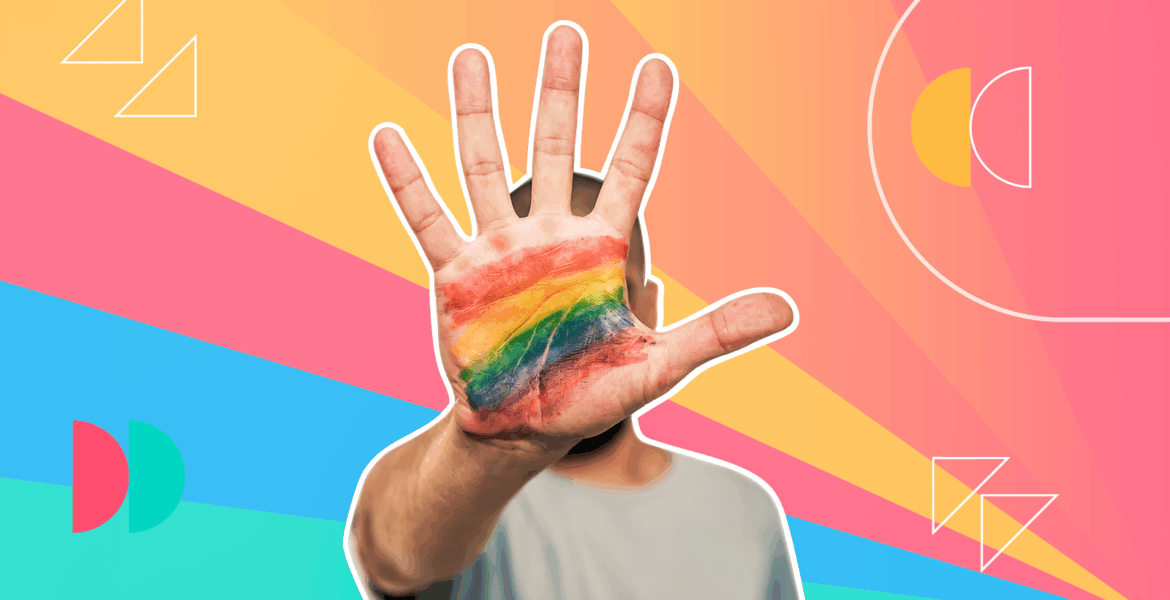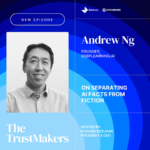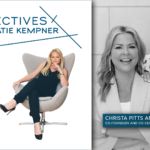By Peyton Guthrie, Creative Consultant, Lippincott
The lack of support from brands this Pride Month has made some folks in the queer community feel like they have spoken too soon when lamenting kitschy Pride flag merch. Journalists and cultural commentators deemed 2025 “The Year Pride Went Beige” in reference to brands like Target and Abercrombie & Fitch making their LGBTQ+ month collections so subtle (and, well, beige) that you might not call them proud at all. So, where did the rainbow go?
It appears that the pundits were not just crying “rainbow capitalism” — the sentiment that brands are chasing merely the spending power and cultural influence of the gay community, rather than authentically aligning their values with LGBTQ+ causes. As the American sociopolitical environment grows more hostile to queer people, the refrain “go woke, go broke” went viral in support of far-right-wing boycotts of brands that display progressive values. The changing tides of consumer sentiment, legislation, and DEI support effectively scared a large cohort of brands out of Pride in 2025.
However wary brands may be of supporting Pride this year, they should be more wary that abandoning the LGBTQ+ community, even in the short term, will come with costs — not just the perception of capricious values, but the loss of a powerful consumer demographic. Across time, queer icons have set the pace of culture — think of today’s brightest starts in the pop scene like Lady Gaga, Billie Eilish, and Troye Sivan; and the legends Andy Warhol, Freddie Mercury, and Elton John they follow in the footsteps of. As the UCLA Williams Institute estimates that the LGBTQ+ community today has a purchasing power exceeding $1 trillion USD, brands risk isolating a demographic segment with outsized cultural influence and money to spend. And although only approximately 10% of U.S. adults reported as queer-identifying, eight in ten Americans support LGBTQ+ protections (according to the Human Rights campaign). Brands risk putting themselves on the outs of culture when they take themselves out of the community. This quarter, we’ve already seen cautionary examples, where the backlash of waffling values translates into lower reported earnings from some publicly traded companies.
But it’s not just queer people themselves who resent a brand who stands down from supporting Pride: Gen Z follows queer people with their spending, with a whopping 82% of Zoomers stating they are more likely to buy from brands that support LGBTQ+ rights. As of 2022, twice as many American workers would be more likely to support a brand that expressed support for LGBTQ+ rights than those that would be less likely.
Conceding to the boycotts is the same all-too-common scenario of companies chasing short-term results at the risk of long-term brand health. Making such a short-sighted U-turn of values could console radically conservative consumers in the near-term, but ultimately brands risk growth over time when they cut out the LGBTQ+ community. Although conservatism is prevalent in cultural fads like the growing “tradwife” movement and “Old Money” aesthetics, the value of the queer dollar and LGBTQ+ support is only growing over time. Looking at projected demographics, the number of LGBTQ+ identifying Gen Alpha members is expected to surpass Gen Z— already the largest generation of queer-identifying individuals in history at 28% and rising — meaning the customer base will only continue to grow. And, just as it is in the short-term, it’s not only the growing queer community themselves that brands would lose out on. According to a 2023 IPSOS study of 30 countries, people across the world are becoming more welcoming of LGBTQ+ people, meaning that brands risk isolating a greater global audience.
In fact, in the face of beige Pride, LGBTQ+ consumers and their supporters showed love to the brands who doubled down in 2025. Reddit community members showed their support for brands like Lego and Levi’s for celebrating Pride year-round with commitments to DEI initiatives and donations to LGBTQ+ causes. And in a recent study, the ANA found that for every consumer supporting brands that back down from LGBTQ+ advertising, there are 1.8 consumers who would withdraw support from brands that acquiesce to anti-LGBTQ+ attacks.
As brands look to wage their values on the far-right talking point of the week, they stand to lose out on the long-term financial gains from the loyal LGBTQ+ community. And lest we forget that queer people are the original cultural influencers, from the beat poets and the pop artists to TikTok dancers and pop stars — meaning detracting brands will miss out on the timeless capital of being on the cutting edge of cool.
Eventually, ultra-cultural pressure will find a new target — whether that’s cat ladies, children’s books, or Barbie — but the LGBTQ+ community, their spending power, and cultural clout will only continue to grow. As your brand looks to the future, know who you are, stand strong by your value commitments, and don’t fall into the trap of risking long-term brand meaning.











